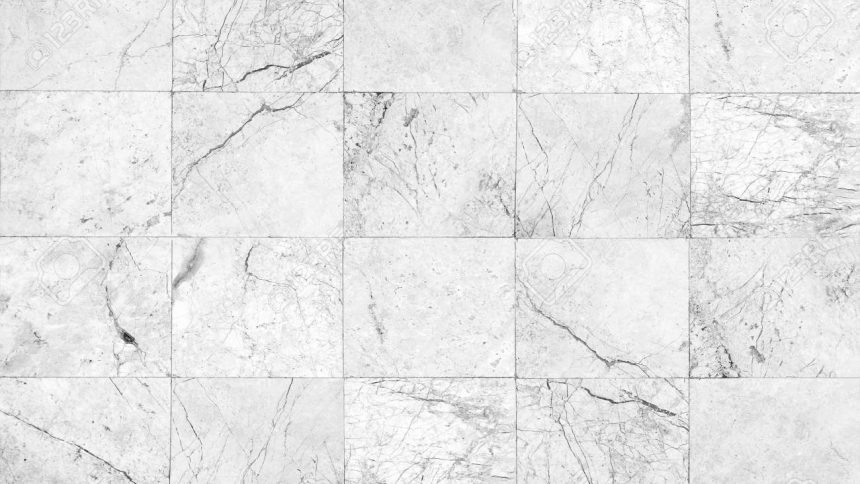Marble is available in various colours which make it an ideal choice for home floor and wall decor. The distinct vein and grain patterns in marble are what distinguishes one from the other as there are different types of natural stone in the market. Some people do not know how to make the right choice when it comes to choosing tiles for a home. Although marble is popular, other alternatives exist. It’s therefore important to understand why marble is good and what the other alternatives have to offer.
· Terracotta Tiles
These types of marble tiles were made famous during the Victorian era, where they were used to decorate servant’s quarters and kitchens. The tiles are available in earthy colours, that is, brown and earthy red, which gives your home a natural appearance. You can also install them in any shape you wish, which results in a creatively designed floor.
· Cultured Marble
You can achieve a marble look by mixing cement and marble dust. The resulting product has the same look and feels as actual marble but without the colour streaks and veins. Installing cultured marble is an ideal option if you cannot afford real marble. You can also mix marble stones and sand to create a rustic and antique look in a room.
How to Care for Marble Tiles
- Make sure you seal open marble surfaces at least twice a year as it is porous, which leads to absorption of stains.
- Use rugs and mats in areas where you have polished marble to prevent slipping, especially in wet areas.
- Do not leave spills on the marble surface for long as it reacts to acidic liquids such as orange juice or harsh detergents.
- It is challenging to match marble tiles due to their distinct vein patterns. Purchase marble tiles that come from a single stone if you want a unique design on your floor or countertop.
In summary, since marble is a naturally occurring stone, it has varied a pattern which makes it have its distinctive appearance. Choose from the wide variety of marble available and glam up your home to give it that elegant look; the choice is limitless.
Alternatives to Marble
- Granite Tiles
This type of stone is a result of high temperatures that takes place below the earth. This process makes the rock smooth. The tiles can withstand scratched from pans, metals, pots, and knives. It does not react to kitchen heat or liquid spillage. You should, however, seal it well during installation as it absorbs stains if left open.
- Limestone
This is a sedimentary rock that primarily consists of organic material such as marine shells and skeletons. It usually is available in beige and tan colour; it is also visibly porous. Limestone is an ideal choice for bathrooms. When installing it in other areas in the home, you should note that it is prone to damage especially in dense traffic areas.
- Travertine Tiles
Travertine is a type of stone ideal for wet areas. It is a product of geyser formation that dissolves limestone below the ground through boiling water. The combination is propelled upwards by the geyser water and settles on the ground where it hardens and becomes stone. The stone is filled with gas bubbles giving a distinctive appearance.
The alternatives of marble are good for those whose tastes go beyond the unique streaks and veins on marble tiles. No matter your preference, there is a tile for you.
Read Also:

Marblr Tiles are surely one of the best things to have when it comes to kitchen or even pool deck. Also, the alternatives that you discussed can be considered. We need to make sure that correct stone is chosen which is appropriate according to the requirement.